The first showers have hit Mumbai, thus, ushering a season characterised by a wealth of flora and fauna. the guide plays out a photo gallery of what to watch out for
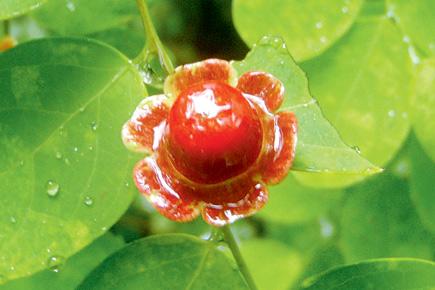
Breynia retusa
Insects
ADVERTISEMENT
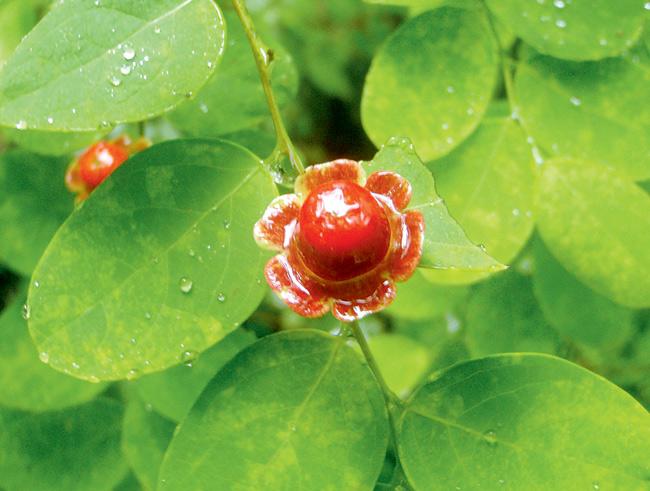
Cup and Saucer (Breynia retusa) grows up to 2 metres tall, with spreading branches. Its leaves are small, roundish, and arranged alternately. Female flowers are larger, with a short stalk with a green disc below that turns reddish after bearing fruit, making it look like a cup on a saucer; hence, the name. Often, the shrub is crowded with dazzling, brightly coloured jewel bugs when its fruits are ready. Pic courtesy/Dr Swapna Prabhu
Spiders
Various species of spiders are seen during the monsoon, from the large Giant Wood Spider (in pic), which can have webs spanning across roads to the Lynx Spider which does not spin a web and hunts its prey instead of trapping it.

Pic courtesy/Asif Khan
Spittlebug
Seen commonly in the monsoon, it is the nymph stage of the Hopper insect. The spittle is froth created by the insect to form a protective layer, to hide from predators.

Pic courtesy/Prachi Galange
Red Velvet Mite
Also called Rain Mite or Rain Bugs, they are seen during the first monsoon showers. The mite is extremely small and tough to see.
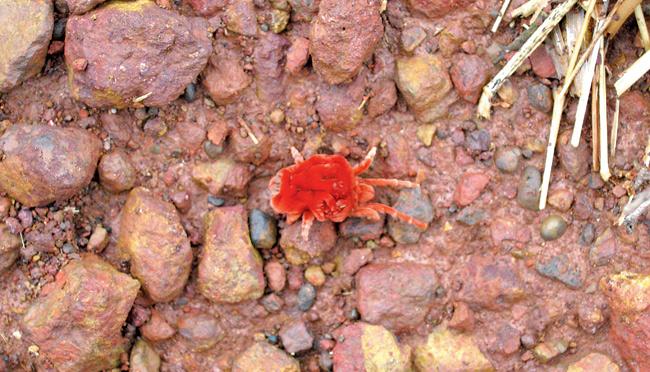
Pic courtesy/Vandan Jhaveri
Plants
Hill Turmeric (Curcuma pseudomontana)
The most common monsoon herb of this region is now restricted to the wilder patches of the city. If you take a trail on forested lands around the city in early monsoon, you will find this bright pink, purple and yellow- coloured bouquet emerging. The herb has an underground tuber through which it survives the dry season. It gives out the season’s first leaves with the onset of monsoon.
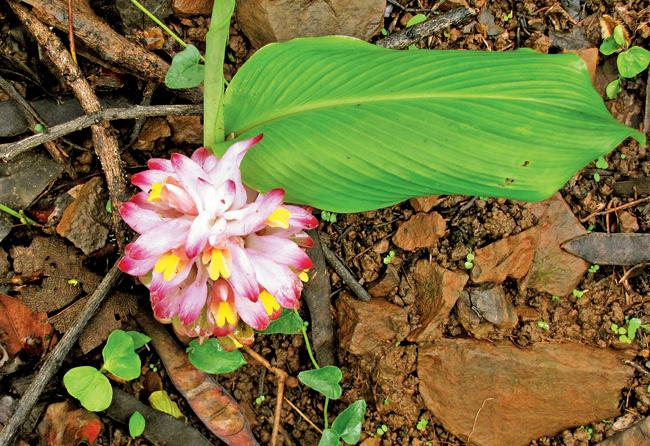
Pics courtesy/Dr Swapna Prabhu
Baobab (Adansonia digitata)
It is a rare tree located at a few localities in the city (for instance, Vasai Fort, Jijamata Udyan, Byculla, etc). The tree is a native of Africa but was introduced in India long back. The tree has a massive trunk (up to 40 ft in girth), which appears like a huge bottle with a narrow neck. At the end of summer and onset of monsoon, the tree blooms with white flowers.
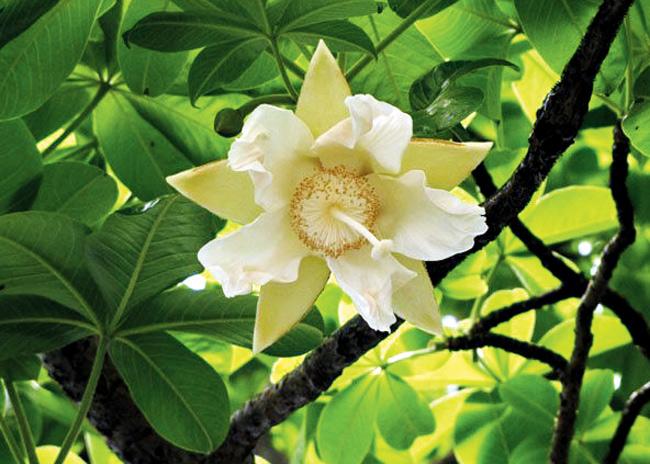
Kartoli (Momordica dioica)
Kartoli is an important vegetable seen in Mumbai’s markets. The leaves are 3-5 lobes and covered with rough hair. Flowers are yellow, large (5 cm across) and borne singly in the leaf axils. The fruit is green and covered with dense soft spines.

Balsam (Impatiens balsamina)
It appears from nowhere around the end of August. This beauty is now restricted to a few places where there is good soil available. It can be spotted lining railway tracks. The fruits are borne in mid-September, which at maturity, spread the seed in the vicinity.
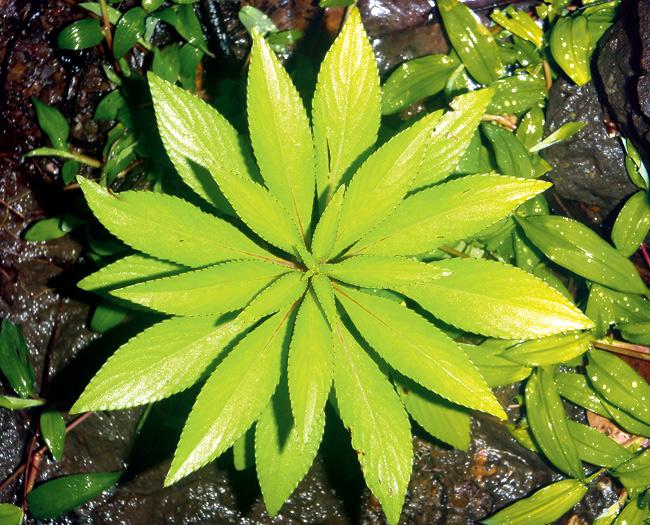
Birds
Puff-throated Babbler
This is a small brown sparrow-sized bird with reddish (rufous) head. It is known for its distinct song and can be heard commonly in forests around the city.
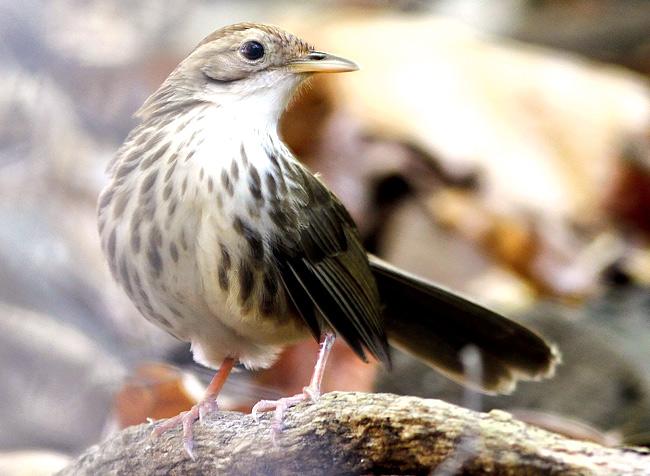
Pic courtesy/B Mrugank
Indian Pitta
Slightly larger than a sparrow, this short tailed bird is very colourful. It is green and blue on the wings and back, and has a rufous belly and red vent. It breeds during summer and can be seen around the city for a short period in June.
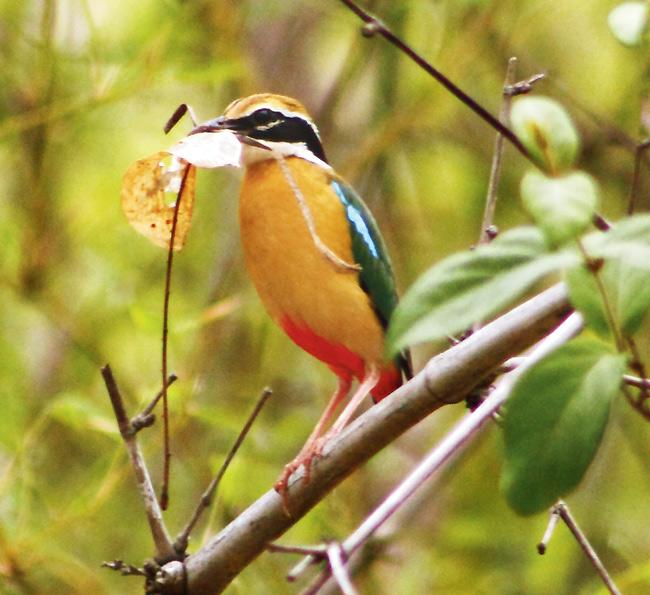
Pic courtesy/Asif Khan
Red-wattled Lapwing
A common bird around villages; it has a distinct and sharp call, which gives its other name — the “did we do it” bird. It breeds in monsoon and is a ground nesting bird, hence, the eggs and chicks are well-camouflaged. It is believed that the bird can predict rainfall.
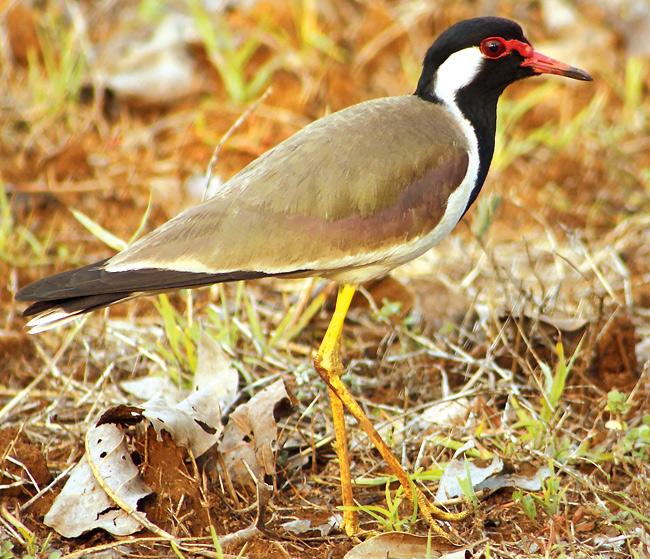
Red-wattled Lapwing
Pied Cuckoo (Jacobin Cuckoo)
This is a black and white bird with a crest. It is a summer migrant from Africa to most of India (and the city), though resident in southern India. This bird is seen as a sign of the arriving monsoon, since it’s arrival is usually late May to June.
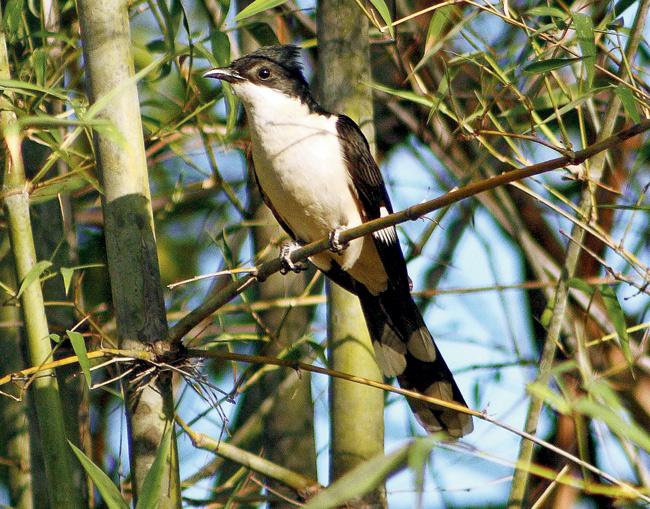
Pic courtesy/Asif Khan
Black-backed Dwarf Kingfisher (Oriental Dwarf Kingfisher)
It’s a colourful bird, smaller than a sparrow. Though a resident of the Western Ghats, it is commonly seen during the monsoon (breeding season) in forested streams.

Pic courtesy/B Mrugank
 Subscribe today by clicking the link and stay updated with the latest news!" Click here!
Subscribe today by clicking the link and stay updated with the latest news!" Click here!






